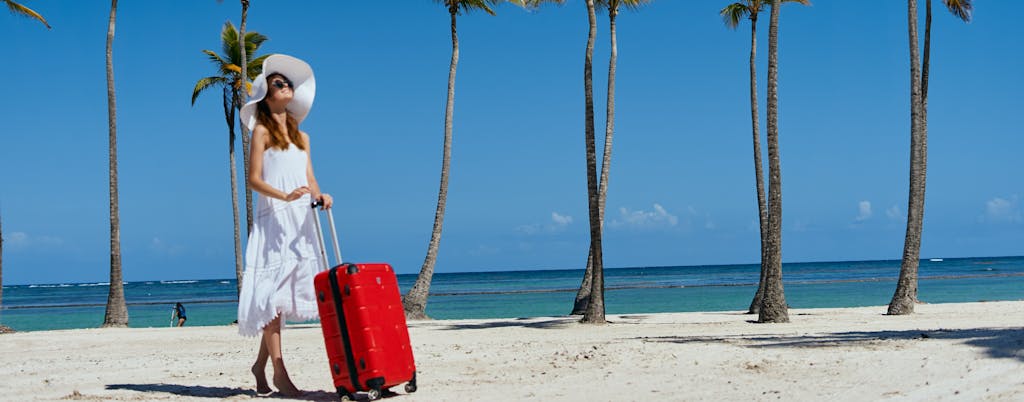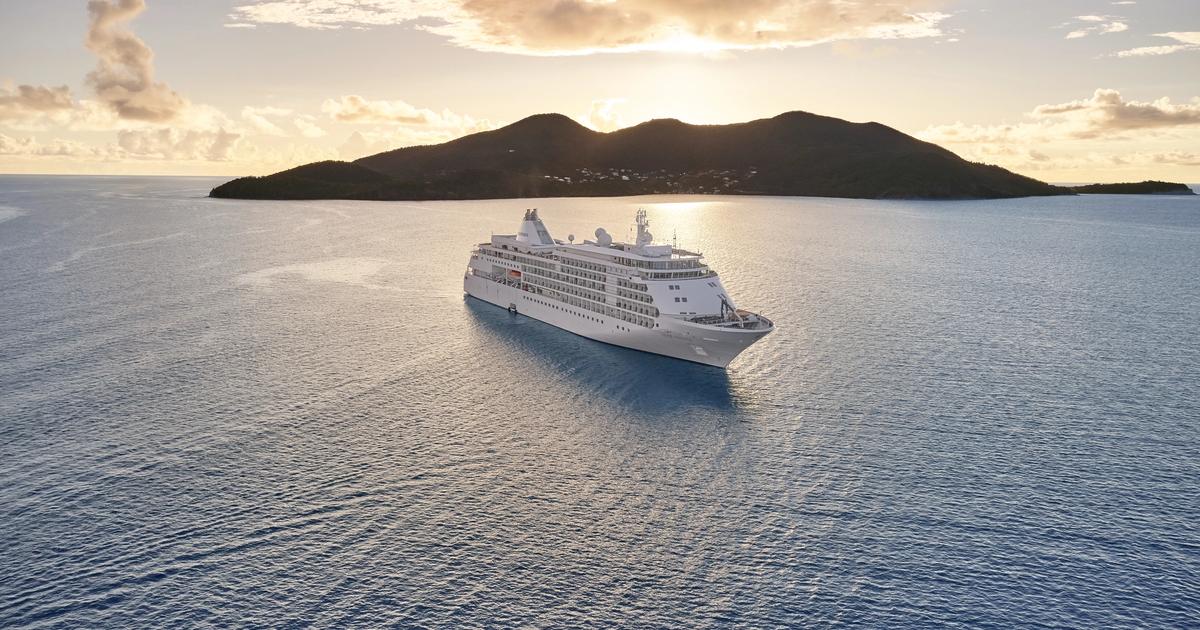Silversea’s Ultimate Packing Guide: French Polynesia and Pacific
Welcome to paradise. Almost. First, though, you have to pack. If you’re preparing for a tropical dream escape, you’ll find it in French Polynesia and Pacific, which boasts 800 unique fish species, unparalleled coral reefs, magnificent snorkeling and more than 1,000 islands and atolls.
It’s a big area to consider when deciding what you take: Polynesia includes a large area of the Pacific Ocean from the Hawaiian Islands in the north to New Zealand in the west, and Easter Island in the east. It islands such as American Samoa, Tonga and the Cook Islands. It also includes French Polynesia, a sprawling overseas territory of France that includes more than 100 islands such as Tahiti, the Marquesas Islands and the Tuamotu Archipelago.
What follows is our guide to successful packing. Our favorite ports guide offers tips on what to see and do in magical isles. But for your garb and more, here’s what to know: Temperatures are relatively consistent year-round, hovering around 80 degrees.
The islands have a casual dress code onshore. In port shorts and T-shirts (nicer ones) generally work fine. (Shipboard dress code may be more formal so check before you go.)
Critical components: what to wear
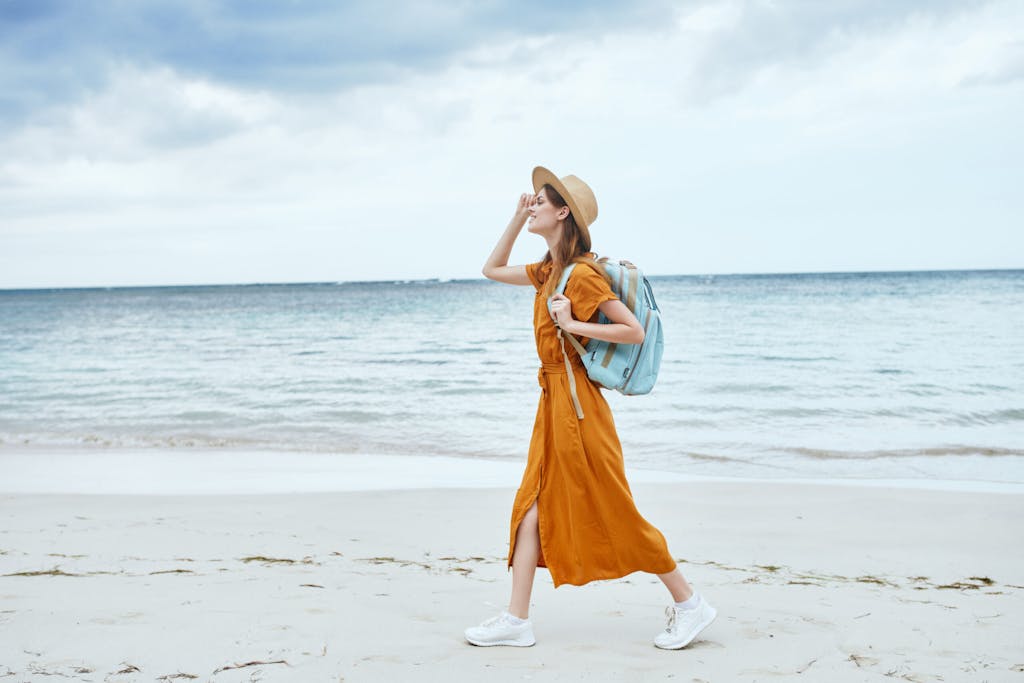
An aloha shirt and a strappy sundress are indispensable for most cruisers. But remember, many locals dress conservatively, meaning knees and shoulders are covered, so include clothing that considers local customs, including Capri pants or long shorts for shore excursions, even if it is 100 in the shade. If you’re visiting a village, follow the same advice.
Flowing, loose shirts and blouses are ideal, cool during the day and warm enough for breezy nights. Look to pants to avoid inner-thigh chaffing during hot daytime beach walks. Women should take at least one one-piece suit for activities such as kayaking, snorkeling and other water sports.
Also plan on packing a lightweight kimono robe, which you’ll need constantly during your cruise. And pick up a shawl to wear when the AC makes it too frosty or you’re on deck and the breeze picks up.
Sole mates: Stay in step with conditions
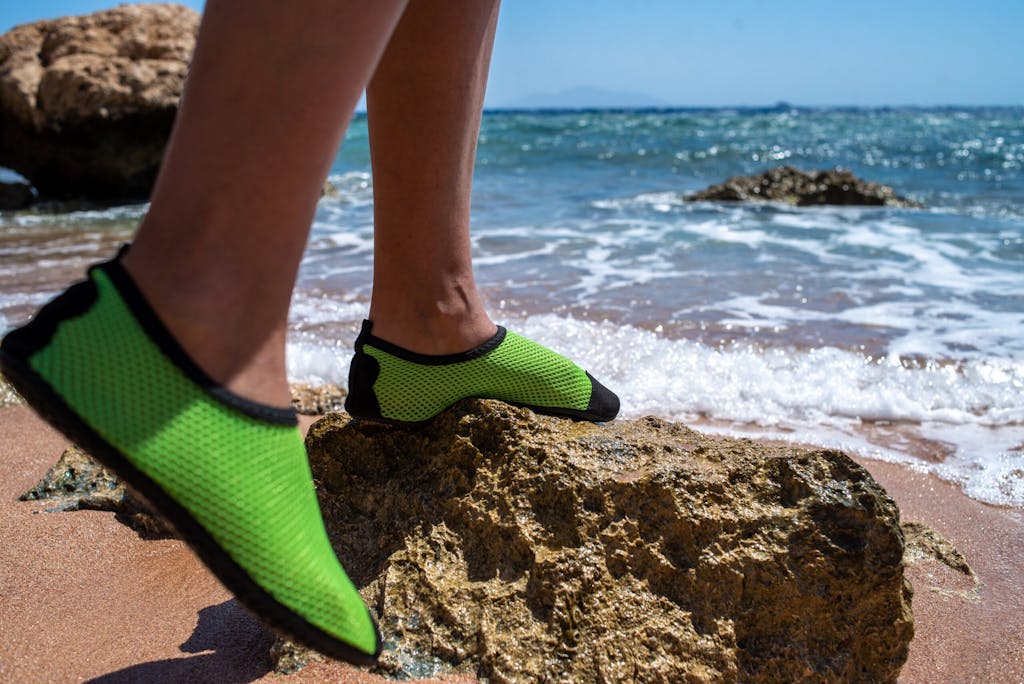
If you’re hitting the beach, take care: Some of the beaches are coral rather than soft sand. And your feet may encounter spiky black sea urchin remnants. Pack a pair of water or reef shoes to protect your feet.
Flip-flops are OK for some excursions, but definitely are not for longer walks or for hikes, especially for rockier terrains.
For rambling around the islands, you’ll want comfortable sneakers or athletic shoes for hiking and, on board, for going to the gym. Women may want a pair of flats for walking around the ship or as a subtle complement to a classy outfit for dinner.
Sun, sun, sun
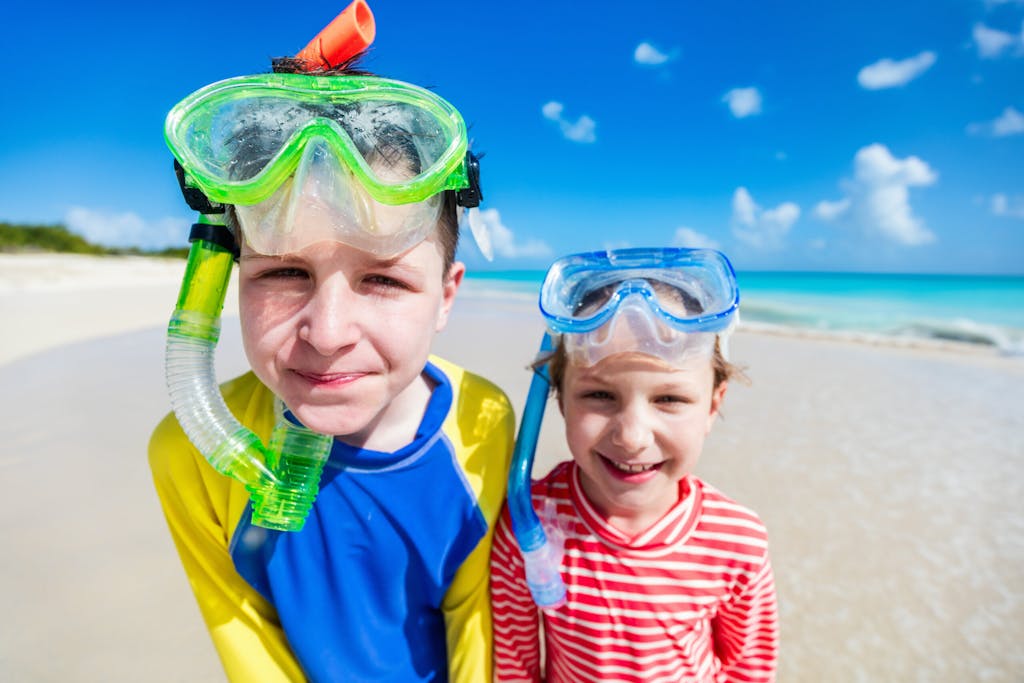
About 80 percent of skin cancer cases could be prevented, according to the World Health Organization. Here are tips you’ll want to remember:
Seek shade and wear clothing and hats that provide the best protection. Include a rash guard, also called a rash vest or rashie (Lycra swim shirt), especially if you are going on a snorkeling trip and will be exposed to the sun.
Limit time in the midday sun. The sun’s ultraviolet rays are strongest between 10 a.m. and 4 p.m.
When UV rays are at their most intense, go for the shade, but remember that trees, umbrellas and canopies do not offer complete sun protection.
Wear protective clothing. A hat with a wide brim offers good coverage for your eyes, ears, face and the back or your neck. Sunglasses that provide 99 percent to 100 percent UV-A and UV-B protection will reduce eye damage from sun exposure. Tightly woven, loose-fitting clothes will provide additional sun protection.
Pack reef-safe sunscreen. So far, “reef safe” has no universal scientific definition, but experts say you should avoid sunscreens that contain oxybenzone and octinoxate. Liberally apply a broad-spectrum sunscreen of SPF 15 or more, and re-apply every two hours or after working, swimming, playing or exercising.
Keep your camera dry
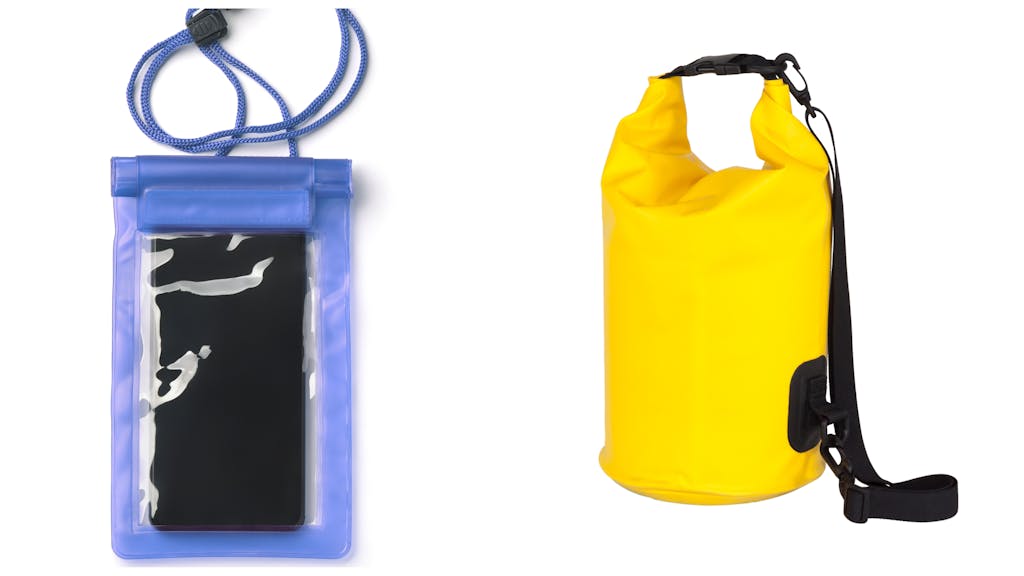
The waters of the South Pacific are legendary for clarity. Friendly reef sharks, sea turtles, varieties of rays, fish and coral can easily be captured on a small, lightweight camera, such as a GoPro, or by using a waterproof case for your phone.
A dry bag or water-resistant daypack is also a good idea for protection when you’re in a boat or on a hike, especially in places where tropical rain unexpectedly rolls in.
Carry a portable charger or two. You won’t always have easy access to outlets on and off the ship. Additionally, you may want an adapter for charging your electronic items onshore. The type used in French Polynesia is C plug (Europlug), and I plug in the Cook Islands.
First-aid readiness

Carry a basic first-aid kit. And beware coral. If you are injured, clean the wound, flush the area with a mixture of water and hydrogen peroxide and apply an antibiotic ointment.
Currency

Currencies vary throughout the South Pacific, except French Polynesia, where the Pacific Franc (XPF) is used. Credit cards are accepted in larger areas, but some taxis will accept only local currency. The bills are beautifully colored and are adorned with many types of marine life and also make a nice souvenir. To see many currencies, check out a converter such as Xe.com.



